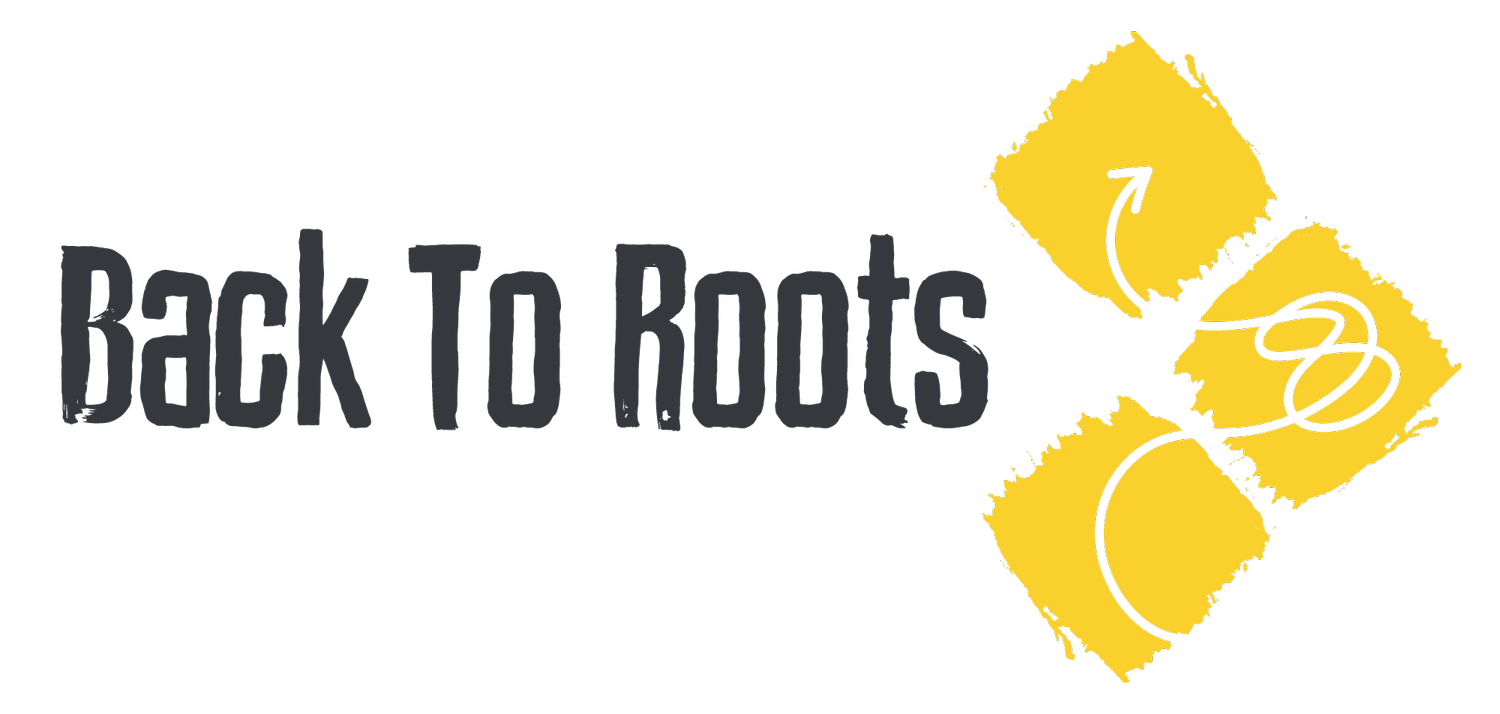Chronic Musculoskeletal Pain: Treatment Challenges and Solutions
Chronic pain, defined as pain lasting longer than 3 months despite medicines and/or treatment, is a challenge for both sufferers and healthcare providers trying to help.
Back pain can be a huge burden on people’s lives
Chiropractors, like myself, see patients with chronic pain regularly, particularly musculoskeletal issues like chronic low back pain, neck pain, and shoulder pain. Often, pain appears to come out of the blue and stick around for months or even years, but it can also follow on from an injury such as through heavy lifting, whiplash-related injuries, or work-related repetitive strain-type activities.
Many people experiencing chronic pain have tried a multitude of treatments and seen many musculoskeletal healthcare professionals such as physiotherapists, chiropractors, doctors, surgeons, osteopaths, etc, and despite this, are still suffering.
A recent study found that 15.5 million people suffer from chronic pain in the UK, and a third of these are young adults. The prevalence of chronic pain in the South of England, where I run my practice, was 35% when last studied. With the growing burden of chronic pain across the UK, the NHS is struggling to help.
However, there is still hope for these people experiencing chronic pain. The recent NICE guidance on chronic pain recommends that exercise and a non-pharmacological (no medication) approach should be utilised primarily. This should be supported by psychological treatments that help the individual cope better with their situation and after adjunctive options, including manual therapy and medication, can be useful.
As a (now) active person myself, this is great news as exercise is a relatively low-cost treatment and can be done with little or no equipment! We all know that exercise is good for us; the challenge comes in actually doing it - especially if it hurts. This is where it’s important to have a support system alongside the individual - healthcare professionals who are experts in chronic pain who understand the difficulties and are able to help through the ups and downs. This is where my professional guidance as a chiropractor and rehabilitation specialist comes into play to make an individualised plan to help each individual improve their quality of life and their pain along the way.
“We all know that exercise is good for us; the challenge comes in actually doing it - especially if it hurts”
It’s now widely known that exercise can have an analgesic (pain-relieving) effect through the production of endorphins and the brain’s own pain relief system. Furthermore, recent research has told us that painful exercise can be beneficial in the short term and that pain need not be a barrier to successful outcomes during exercise (Smith et al, 2017). However, it’s important that the person exercising understands what the pain means - if they are worried it might be causing damage or doing them harm, they’re unlikely to want to continue - that’s human nature!
The way that I work in Southampton with the Back to Roots approach encompasses a multitude of approaches. One significant part involves something called Pain Neuroscience Education which helps people to understand what pain is (and isn’t!) and therefore how to know when to continue and when to stop or modify exercises and movements to suit individuals and their current pain and circumstances.
Sam working with a client through a rehabilitation game
The overall basis is a more functional approach rather than a pain-focused one. This means that once an assessment has been completed and a diagnosis reached that is treatable with a Back to Roots sensitive to robust programme, the focus becomes more on setting functional goals (such as picking up grandchildren, gardening, going up and down the stairs, bending down, etc) rather than using pain as the progress indicator.
The process can have ups and downs, especially at the beginning of the programme, as the main challenge is finding an entry point that an individual can achieve without flaring up the area that hurts. This is unique to every person and so each rehabilitation programme is personalised to each individual. The process involves what is known as graded exposure - starting off slowly with a level of movement that’s achievable and then gradually increasing it over time. This means that people start to increase their strength, flexibility, and function and usually this achieves significant pain relief alongside it.
Graded exposure
“The focus is more on functional goals rather than pain”
Unfortunately, there’s no such thing as a quick fix for chronic pain. A ‘quick fix’ mentality usually leads to lots of searching for pain relief, but this is only short-term. Taking a look at the bigger picture and setting realistic goals that are achievable in the time period of a few weeks or months is much better at seeing results in pain relief and functional improvement leading to a great chance of recovery and being able to self-manage in the long term. Of course, pain relief is part of the process, and I offer manual therapy treatments in my in-person clinic in Southampton that can help to alleviate pain in the short term, but these are coupled with the long term approaches, leading to a great balance that helps overall lead to improvement in function and quality of life.



